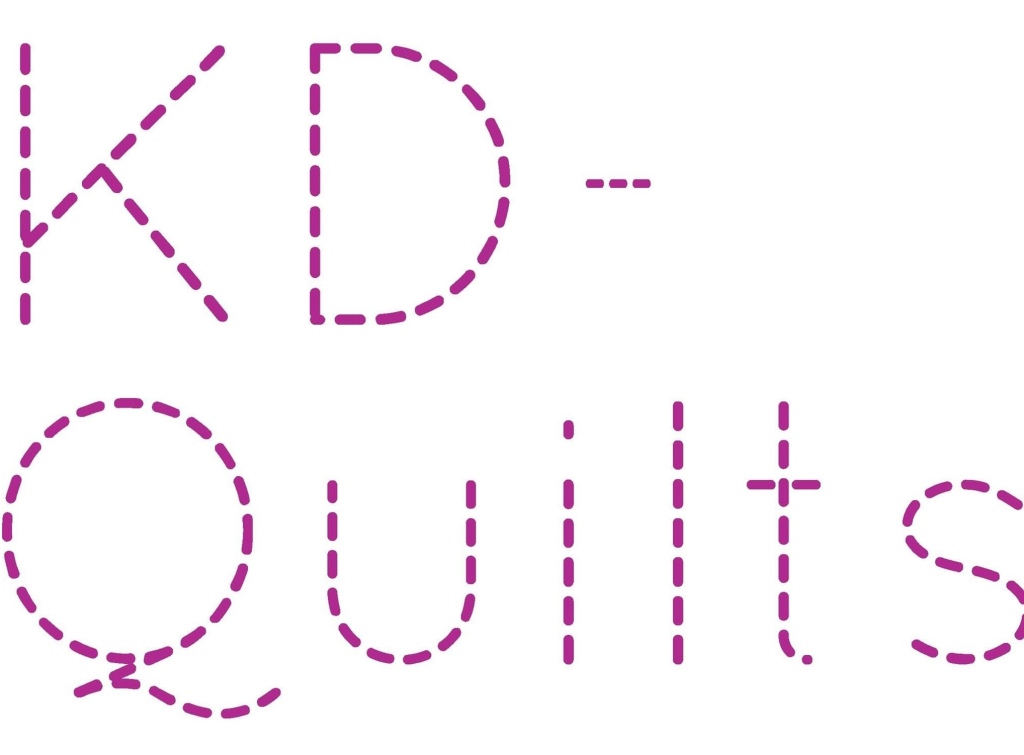
Sewing with yarn dyed woven fabric is intimidating and mysterious for so many people, I was included in that category myself! I’m here to tell you today that it doesn’t have to be scary. With the majority of the Ruby Star Society Spring Sewalong choosing to make the swatch quilt in their yarn dyed wovens, we are seeing a lot of people using them, maybe for the first time ever.
In this post, I will break down what woven fabric is and some tips for stress free sewing. Full disclosure, I am not a textile expert. I’m always learning, can always do better but just want to share my experiences and knowledge with you all!

Woven textiles is exactly what the name suggests: the threads are woven together, over under at a 90 degree angle. The image that closes comes to mind when I think of this is the construction paper placemats that are made in so many elementary schools.
The fabric can be tightly woven, making it more durable and easier to cut and retain shape, or loosely woven and can easily snag. The cotton woven fabric I have come across have all had a pretty high fabric count (amount of threads woven together or a tighter woven fabric).
The fabric that’s being marketed as woven goes so well with quilting cotton because, well, they are the same thing. One has a higher thread count, giving the fabric a sturdier feel when cutting and sewing. The wovens that people are purchasing from fabric designers and companies has the pattern woven into it in different color threads, with a lower thread count. Thus giving it a more fragile feel. A lot of times it’s yarn dyed or hand dyed. Typically quilting cotton is woven, and then the design or pattern is printed on.


Now that what a woven textile is is out of the way, let’s chat about some sewing tips to take those first time jitters away, shall we?
Prewash
I am not a pre washer. I don’t like to prewash fabric and pull the wrinkly piece of new fabric out of the dryer and iron it without its crisp newness. I always heard that prewashing wovens is a must. I’m on the fence with that one. I’ve done both, and as long as you’re really careful washing your finished piece, I don’t think it’s that big of a necessity. That said, I did prewash my RSS wovens as it was highly recommended by the manufacturer, and well, I hope they know better than I do so I took their advice.
Should you choose to prewash, and you have a delicate fabric, it is imperative to sew along the raw edges to prevent fraying. I set my zigzag stitch to the longest and widest setting.

Color Bleeding/Protecting the Color
I know: “throw in a color catcher and all will be lovely. It will attract all of the dye from the water and there will be minimal if any color bleeding” 13 years ago when I first started quilting Shout color catchers were all the rage. Every finished quilt I made (because I’m not a pre washer) had a color catcher thrown in the first wash for good measure. Red? Throw in two. That lasted about 5 years until I learned of the magic of salt. Yes, regular old table salt. If I’m questioning the steadfast of the colors, I’ll throw in a palm full of salt. Again, I’m not an expert on dye and all that, so take what I say with, um, a grain of salt.

Sewing
Nothing notable to add here. Just sew as you normally would, no adjustments or anything. I don’t pin, but if I did, I think I would be hesitant to use pins on the more delicate fabrics. I would probably use wonder clips. I didn’t notice a lot of stretch or shifting when sewing. It was all very business as usual. Just maybe don’t wear black…there were a lot of flyaway threads going on!

And just because i love it… a picture of my favorite piece from Warp and Weft by Alexia Abegg

Quick Takeaways:
- Prewash is recommended, be sure to zigzag stitch raw edges to prevent excess fraying
- I have found salt a great color bleeding protection. Don’t be mad if it doesn’t work for some reason for you, but I have personally had great success.
- Sew as usual. Watch out for pins and with more delicate fabric, don’t move around too much. It is susceptible to fraying!
*All fabrics photographed in this post are from yarn dyed wovens from the Warp and Weft line by Alexia Abegg for Ruby Star Society. I’m participating in their spring sew along and this is the fabric I’m using.

Leave a comment